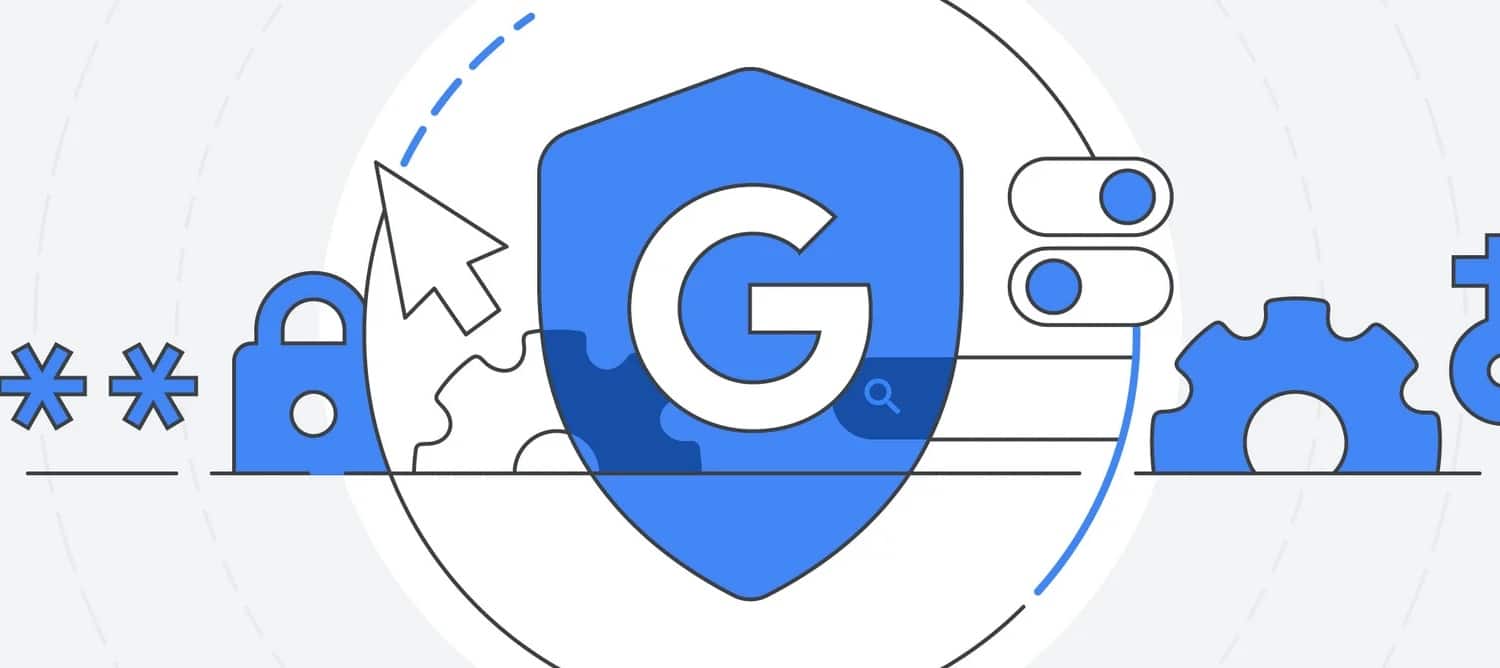What IT teams need to know about Google's privacy changes

It’s no secret the depreciation of third-party cookies has been a popular topic of conversation in the industry. Now, however, Google is making changes that will eventually lead to the demise of third-party cookies. The tech giant is rolling out its Privacy Sandbox initiative in the latest version of Chrome and for Android. With any big privacy change, there is a ton of controversy and impending regulations that may mean the Privacy Sandbox is not the futureproof solution brands hope it is.
So, what can IT teams do to help marketers take back control of their data collection strategies and ethically reach customers during this time of change?
The 'Rechristening' of the Third-Party Cookie
The move is a bit controversial when you unpack this latest technological innovation. Google Privacy Sandbox replaces third-party cookies, a relic from the wild west days of the internet. Third-party cookies allow any website or advertiser to drop JavaScript code on a user’s computer to track what that user does online. Other websites could access these cookies to do behavioral personalization.
Apple and Mozilla have since done away with third-party cookies due to user privacy concerns and increasing regulations from governmental entities. In fact, outside of Chrome, most devices and browsers phased this out years ago, so brands still using third-party cookies are only reaping the benefits about 60 percent of the time. However, first-party data will work regardless of the device.
The Privacy Sandbox now lets only Google track what Chrome users do online via the Topics API. The difference: Customer data will now be stored directly on users’ devices, with Google sharing this information in a limited and anonymous manner. Google’s new APIs allow advertisers to show relevant ads without sharing the user’s identity with third parties, giving the illusion of more privacy.
The Privacy Sandbox does not provide a cross-site or cross-app user identifier. Instead, it aggregates and limits data provided to advertisers to prevent user re-identification. So it’s totally not a third-party cookie!
Navigating Market Concerns in an Ever-Evolving Landscape
There is some concern that this will increase Google’s dominance in online advertising. Instead of tracking being conducted by dozens of companies, it will now be done by one. Based on past behaviors, it seems unlikely that Google will give other advertisers granular access to the data it collects, which points to a future of unknown anti-trust legislation.
The Privacy Sandbox and its changes are becoming a global issue, with countries like the United Kingdom’s Competition and Markets Authority investigating Google’s new offerings and how they will impact marketers and advertisers. In addition, there is ongoing litigation in Germany as marketers, advertisers and publishers try to stop the Privacy Sandbox altogether.
It is also important to note that Google Privacy is not the industry standard. Apple and Mozilla have recently rejected the Topics API for use in their web browsers.
Finally, users could simply opt out of the Topics API. Advertisers could see devastating consequences If a regulatory body forces Google to prompt a user whether they want to be tracked. Apple currently sees a 62 percent opt-out rate when prompting users whether they want apps to track them. This would have devastating consequences for marketers wanting to use programmatic advertising.
The Futureproof Solution: First-Party Data
With the new limitations and privacy changes Privacy Sandbox is bringing to the industry, organizations need to re-examine their data strategy. This is where first-party data comes in.
First-party data contains all the signals necessary to do effective online advertising. First-party data is a more ethical and durable approach to advertising because it is data that consumers willingly share with brands, making it more accurate and reliable than data gathered by a third party.
The most important data unification job is to build a unified view of the customer. This means resolving identities to unify all of a customer’s personal identifiable information (PII) data together. Ad Networks such as Google "walled gardens" use hashed PII data such as a Gmail address to serve ads. Each ad network uses a different combination of PII data to find customers or look-alike audiences to power advertising, which is why it is crucial to accurately bring together all of a user’s possible PII data.
Customer data platforms (CDPs) are often used to solve this type of customer unification work. However, the CDP landscape is complex and many vendors that market themselves as CDPs do not provide any specialized identity resolution features. IT leaders should ask what data is being used to help resolve identities. Many CDPs use third-party-based solutions, which will no longer work with third-party cookies.
Another question IT leaders should ask is whether customer IDs remain stable as new data is introduced. For IT resolution to be useful, the newly generated ID (representing the clusters of input records) must be stable in order to keep the derived personalization and analytics consistent over time. If they aren’t, then you may be sending the wrong data to ad networks, which will directly affect a Paid Media campaign’s performance.
Finally, you should ask how ID Resolution handles multiple forms of PII data (like email addresses) for one person. It is not uncommon to have dozens of different elements for a customer -- this is disproportionately common in your best customers. If a CDP forces you to choose which identifier to use, then you will miss connecting with prospective customers in paid media campaigns.
Taking Back Control of Customer Data
Google’s Privacy Sandbox takes away third-party data insights from marketers who rely on this information for behavioral advertising, meaning they will need to reevaluate how they collect and use customer data. Now is the time for companies to regain control of the situation and make the most of the data and applications they can access.
By implementing a powerful first-party data strategy, IT teams can better prepare brands for a future without third-party data. While they can still access third-party data, IT professionals should run some A/B tests to see what happens when third-party data disappears to see how the business is impacted when it only has first-party data available. In addition, they should invest in enhanced first-party data capabilities to ensure they have reliable, up-to-date data at their fingertips. These first-party data systems often result in much higher match rates and the results are useful outside of the Chrome browser as well!
In a future where first-party data reigns supreme, those who can adapt to these Privacy Sandbox changes will be more equipped to meet their business needs and produce tailored advertising and marketing initiatives that drive revenue, improve the customer experience and lead to more conversions.

Caleb Benningfield is the Principal Solution Architect at Amperity. With over seven years of experience at Amperity, the leading customer data platform (CDP), Caleb has held various roles, including Principal Solution Architect and Forward Deployed Engineer. As one of the first employees, he was pivotal in establishing the Customer Success team and was involved in the company’s first major successful customer project with Alaska Airlines. Caleb has the unique ability to bridge the gap between technical aspects and market perspectives. Prior to Amperity, Caleb served as a Lead Software Engineer at IMS Health, where he worked on scaling an enterprise CRMand marketing automation platform. He began his career as a Software Developer at Appature before its acquisition by IMS Health.
